Litesizer DLS provides best-in-class particle sizing with intelligent angle selection to avoid errors, while MAPS technology provides the highest peak resolution. Continuous transmittance monitoring improves measurement accuracy by identifying sedimentation and agglomeration during measurement.
101
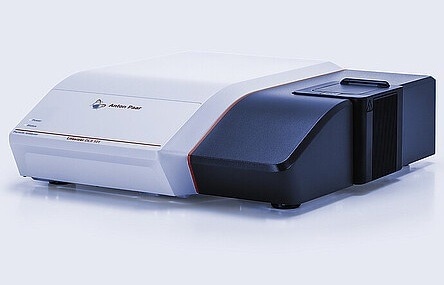
Image Credit: Anton Paar GmbH
- Size range of particles: 0.3 nm to 10 µm
- Broad sample coverage is ensured by DLS back-scatter detection.
- Affordable introduction to dynamic light scattering
- Measurement of transmittance to continuously observe sample behavior
501
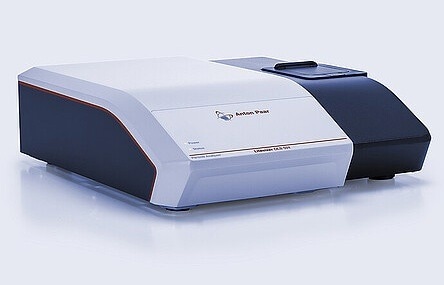
Image Credit: Anton Paar GmbH
- Size range of particles: 0.3 nm to 12 µm
- Advanced dynamic scattering of light at three angles of measurement
- Zeta potential determination with patented cmPALS
- Measurements of molecular mass and refractive index
- Polarization and fluorescent filters for every angle
701
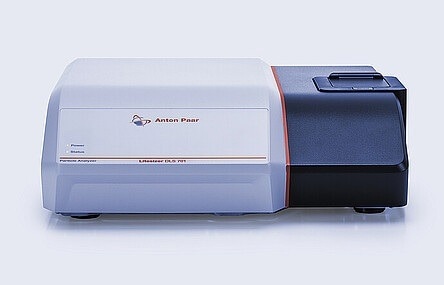
Image Credit: Anton Paar GmbH
- Size range of particles: 0.3 nm to 12 µm
- An advanced dynamic light scattering device with all modes
- Polarization and fluorescence filters for every angle
- Multi-angle particle sizing (MAPS) for high resolution
- Determination of concentration for up to three size classes
By reducing electrical gradient and mitigating aging effects, cmPALS and Omega Cuvette increase zeta potential accuracy and repeatability. This is unique to Anton Paar's system.
Litesizer DLS also provides fluorescence and polarization filters for particle concentration measurements in single-angle and three-angle MAPS modes, in addition to particle size measurements.
Three Angles, Real-Time Monitoring for Better Sizing
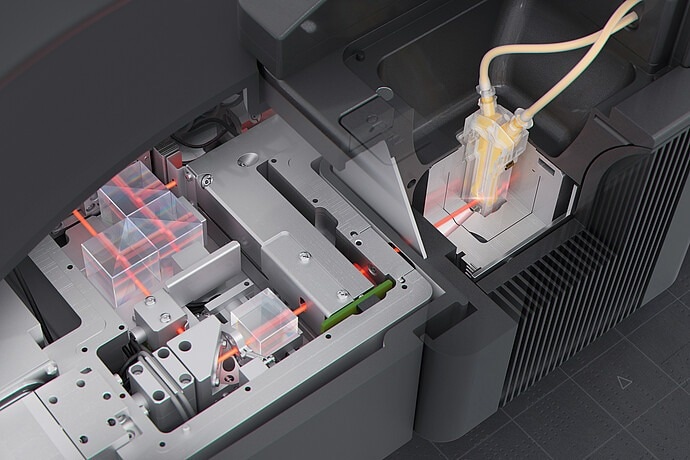
Image Credit: Anton Paar GmbH
Litesizer DLS provides three different detection angles for measuring a wide range of samples while eliminating errors with intelligent angle selection.
The Multi-Angle Particle Sizing (MAPS) measurement mode provides excellent resolution, enabling increased analytical precision.
Continuous transmission monitoring is unique in the market since it provides live feedback on sample behavior during the test, giving users quick information on sedimentation or agglomeration. This real-time insight improves measurement quality and reliability, making the system the best choice for precise and consistent particle analysis.
Market-Leading Zeta Potential Analysis
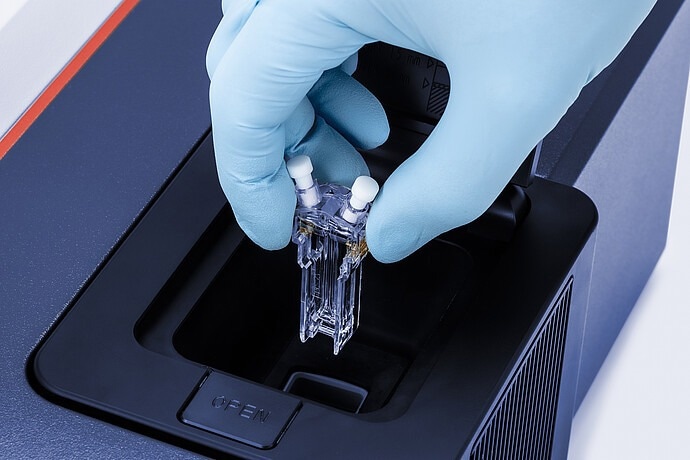
Image Credit: Anton Paar GmbH
The dynamic light scattering instrument’s patented cmPALS technology is specifically developed to avoid reproducibility errors caused by aging.
The Omega Cuvette's revolutionary design reduces the gradient in the electrical field, improving repeatability (±3%). The equipment provides the greatest particle size range for zeta potential measurement, ranging from 1.3 nm to 100 µm. This ensures precise and reliable findings across a wide range of applications.
Kalliope: The Benchmark Software for Particle Sizing
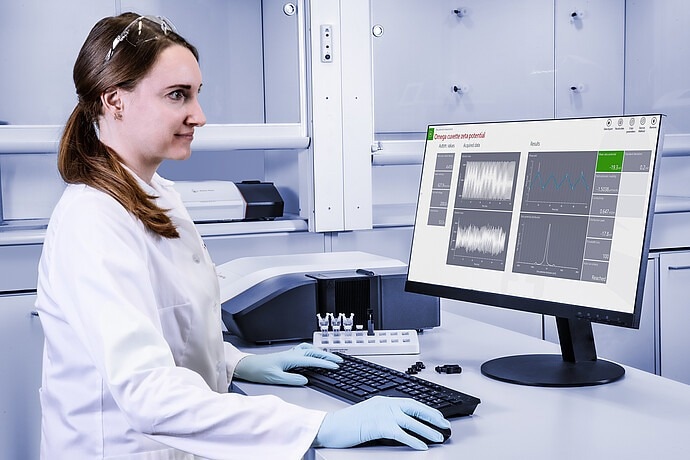
Image Credit: Anton Paar GmbH
The Kalliope software requires minimal user training.
Measurements require only three clicks. With the unique one-page layout, users can quickly review all the required information, including measurement signals, input parameters, and results. Structured result summaries and established standard reports can also be used to quickly retrieve measurement results.
For a more thorough examination, use the advanced analysis features, Excel export options, and configurable report templates. Kalliope complies with 21 CFR Part 11, guaranteeing strong data integrity and regulatory compliance.
All The Measuring Modes Needed
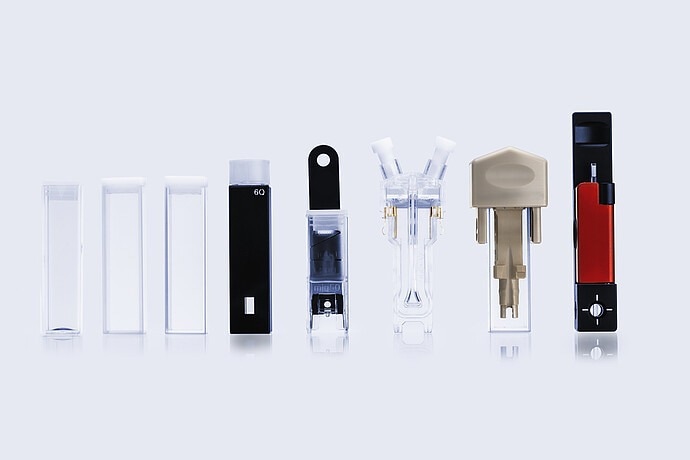
Image Credit: Anton Paar GmbH
Increase adaptability with the Litesizer DLS 701's particle concentration measurement mode, which allows for calibration-free concentration analysis of up to three different-sized populations inside a single sample. This mode works with monodisperse and polydisperse samples throughout a wide concentration range, whether using single-angle DLS or MAPS.
Users can test the refractive index of solvents at the same wavelength and temperature as your measurements (European Patent 3 023 770) to ensure optimal accuracy for particle size and zeta potential data. The Litesizer DLS 701 and DLS 501 give accurate refractive index measurements within ±0.5%.
The Litesizer DLS series has molecular mass measurement capabilities.
Most Capable Filtering Options Available
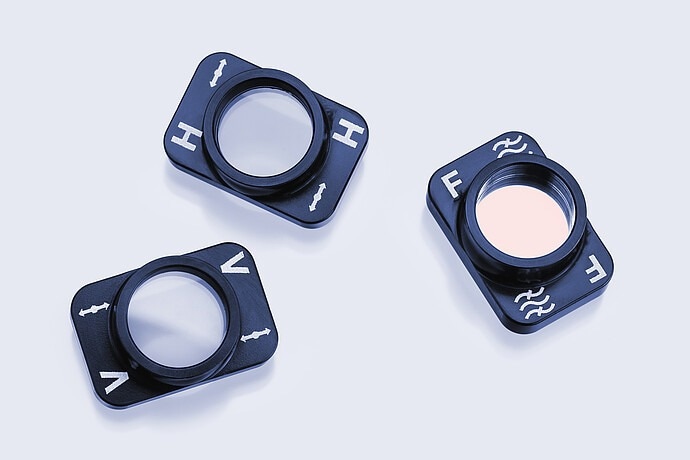
Image Credit: Anton Paar GmbH
The Litesizer DLS 701 and 501 are the only dynamic light scattering devices available that allow users to apply polarization or fluorescence filters in all three angle directions. This enables particle concentration analysis, MAPS three-angle analysis, and chosen single-angle analysis with applied filters, allowing for unachievable study types with similar equipment (e.g., concentration determination of quantum dots).
Technical Specifications
Source: Anton Paar GmbH
| |
Litesizer
DLS 701 |
Litesizer
DLS 501 |
Litesizer
DLS 101 |
| Particle size specifications |
| Measurement principle |
Dynamic Light Scattering (DLS) |
| Measuring range |
0.3 nm to 12 μm* (particle diameter) |
0.3 nm to 10 μm* (particle diameter) |
| Measurement angles |
15°, 90°, 175°, Multi-angle particle sizing (MAPS) |
15°, 90°, 175° |
175° |
| Min. concentration |
0.1 mg/mL (lysozyme)
lower than 0.00001 % (0.1 ppm, Latex 100 nm) |
0.1 mg/mL (lysozyme) |
| Max. concentration |
50 % w/v (sample-dependent) |
| Min. sample volume |
1.5 µL |
12 µL |
| Accuracy |
Better than +/-2 % on NIST traceable standards |
| Repeatability |
Better than +/-2 % on NIST traceable standards |
| Particle Concentration Specifications |
| Analysis model |
Mie Theory |
- |
- |
| Measuring range |
108 - 1013 particles/mL (sample dependent) |
- |
- |
| Size limit |
1 µm |
- |
- |
| Measurement angles |
15°, 90°, 175°, Multi-angle particle sizing (MAPS) |
- |
- |
| Min. sample volume |
12 µL |
- |
- |
| Accuracy |
+/- 10 % (sample dependent) |
- |
- |
| Repeatability |
+/- 5 % (sample dependent) |
- |
- |
| Zeta potential specifications |
| Measuring principle |
Electrophoretic Light Scattering (ELS) / cmPALS |
- |
| Measuring range |
>= +/-1000 mV |
- |
| Mobility range |
10-11 m²/V.s to 2 x 10-7 m²/V.s |
- |
| Size range |
1.3 nm to 100 µm (diameter) |
- |
| Min. sample concentration |
0.1 mg/mL (lysozyme) |
- |
| Max. sample concentration |
70 %w/v (sample-dependent) |
- |
| Max. sample conductivity |
200 mS/cm |
- |
| Min. sample volume |
50 µL (sample-viscosity-dependent) |
- |
| Accuracy |
Better than +/-10 % |
- |
| Repeatability |
+/-3 % |
- |
| Molecular mass specifications |
| Measuring principle |
Static Light Scattering (SLS) |
- |
| Measuring range (mass) |
300 Da to 20 MDa |
- |
| Measuring range (particle size) |
Up to 40 nm (diameter) |
- |
| Measurement angle |
90° |
- |
| Min. sample concentration |
0.1 mg/mL (lysozyme) |
- |
| Accuracy |
+/-10 % |
- |
| Repeatability |
+/-5 % |
- |
| Transmittance specifications |
| Measuring range |
0 % to 100 % |
| Min. sample volume |
1.5 µL |
| Accuracy |
Better than +/-1 % |
| Refractive index specifications |
| Measuring range |
1.28 to 1.50 |
- |
| Min. sample volume |
1 mL |
- |
| Accuracy |
+/-0.5 % |
- |
| General specifications |
| Light source |
Semiconductor laser diode / 40 mW, 658 nm |
| Optical filters (fluorescence, vertical and horizontal polarization) |
forward, side and backscattering |
- |
| Laser warm-up time |
6 min |
| Temperature control range |
0 °C to 120 °C |
| Ambient operating temperature |
10 °C to 35 °C |
| Humidity |
Up to 80 % non-condensing |
| Dimensions (W, D, H) |
450 mm, 505 mm, 135 mm |
| Weight |
Approx. 18 kg
(40 lb) |
Approx. 16.3 kg
(36 lb) |